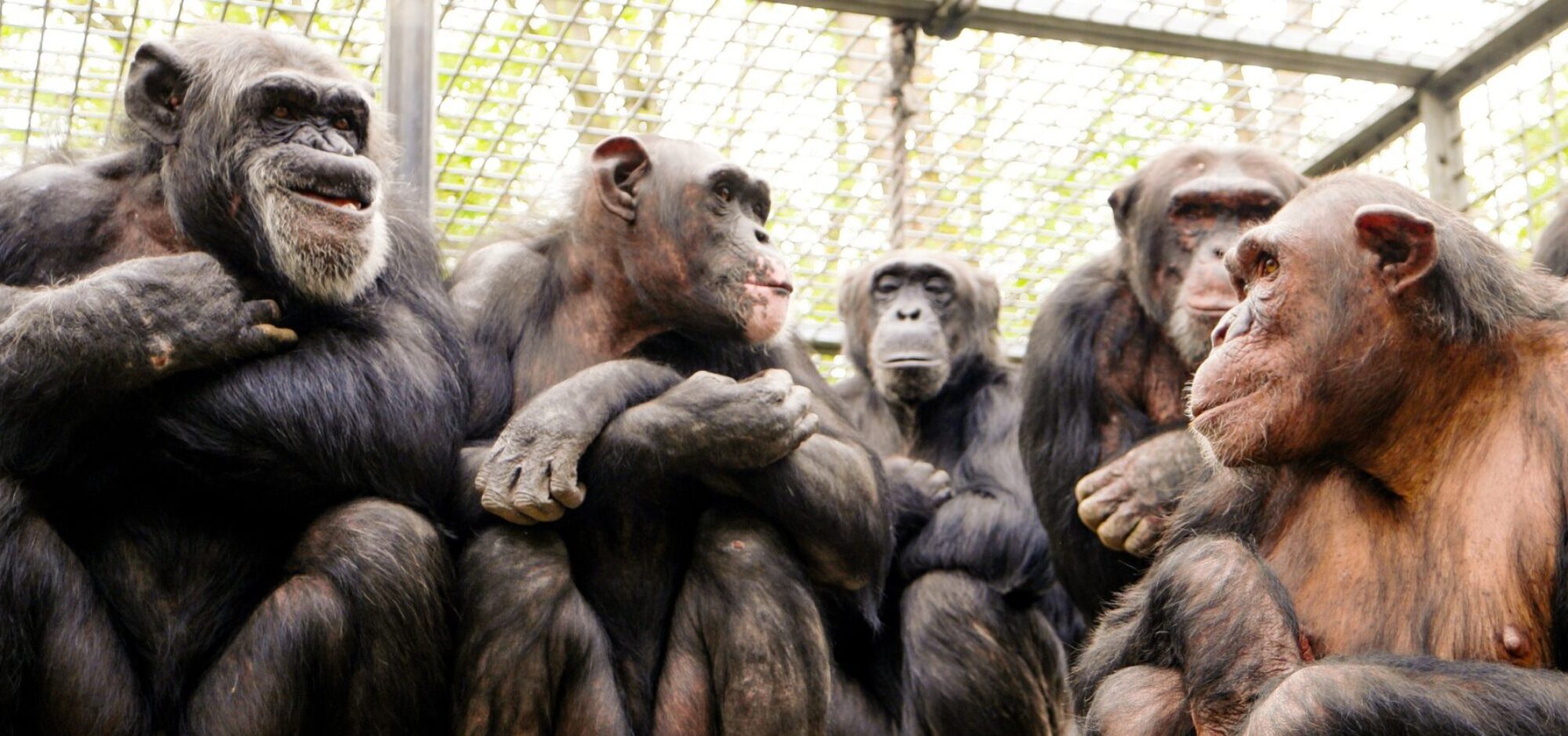“The Taxonomy of Human Evolved Psychological Adaptations
By Niruban Balachandran, Daniel Glass
https://evolution-institute.org/the-taxonomy-of-human-evolved-psychological-adaptations/
This article accompanies a This View of Life Podcast with PsychTable co-founders Niruban Balachandran and Daniel Glass. Listen here: https://pod.link/1484281813
In 1992, the evolutionary psychologists Leda Cosmides and John Tooby predicted, “Just as one can now flip open Gray’s Anatomy to any page and find an intricately detailed depiction of some part of our evolved species-typical morphology, we anticipate that in 50 or 100 years one will be able to pick up an equivalent reference work for psychology and find in it detailed information-processing descriptions of the multitude of evolved species-typical adaptations of the human mind, including how they are mapped onto the corresponding neuroanatomy and how they are constructed by developmental programs.”
Classification systems like the one Cosmides and Tooby envisaged indicate the maturity of a scientific discipline because they enable the organization and labeling of entities under observation (i.e., taxa). Like chemistry’s Periodic Table of Elements, zoology’s Linnean classification system, and psychiatry’s Diagnostic and Statistical Manual of Mental Disorders, the evolutionary behavioral sciences were still in need of a taxonomy of evolved psychological adaptations (EPAs)—which are defined as cognitive, emotional, behavioral, or perceptual traits that were functionally designed by the process of evolution by selection—such as the eyeblink, thirst, and startle responses.
However, by the start of the 21st century, evolutionary behavioral scientists had already proposed and amassed an international stock of hundreds of EPAs. Furthermore, other factors signaled that the timing was right for establishing a classification system for EPAs: an abundance of affordable global computing power, the explosion in web-based scientific collaboration and social networking, increasingly testable hypotheses, exciting new research methods from advanced neuroimaging to behavioral genetics, and the international emergence of a core of young, transdisciplinary researchers. Therefore, finding it unnecessary to wait until 2042 or 2092, Niruban proposed and published a taxonomy of human EPAs in 2011. We then teamed up in 2012, co-founding and announcing the launch of PsychTable.org together. It was a terrific moment.
(…)
As E.O. Wilson wrote, “To maintain the species indefinitely, we are compelled to drive toward total knowledge, right down to the levels of the neuron and the gene. When we have progressed enough to explain ourselves in these mechanistic terms, and the social sciences come to full flower, the result might be hard to accept.” Therefore, to address this imperative, our goals are fourfold:
1 – Increase awareness of the role evolution has played in shaping our minds, brain, and behavior.
2 – Create a simple and intuitive taxonomy of proposed and supported EPAs.
3 – Help identify gaps in current EPA research.
4 – Provide a reference tool for scientists, students, and laypeople studying human behavior.
(…)
https://www.psychtable.org/ is, therefore, an open-science taxonomy devoted to uncovering the richness and complexity of our evolved human behavior. We hope it will help contribute to a fuller understanding of ourselves and our world. As W.D. Hamilton put it, “The tabula of human nature was never rasa, and is now being read.”
